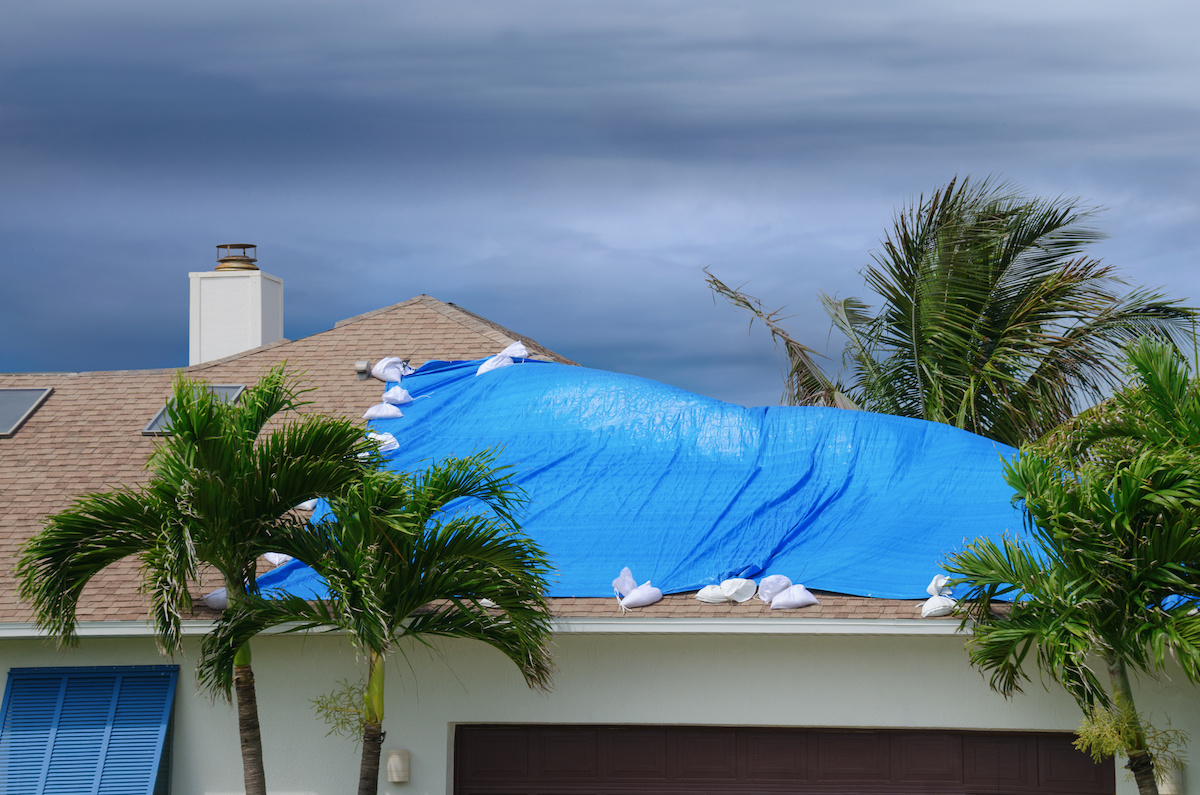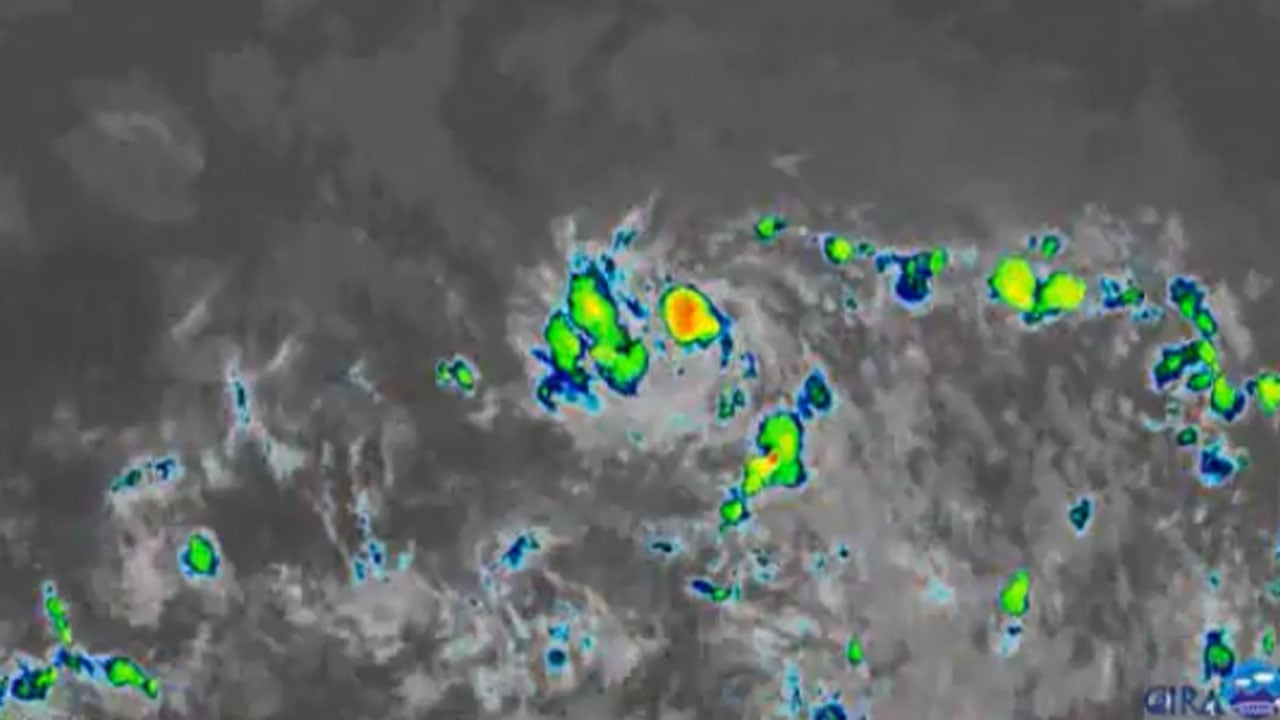Hurricane Beryl’s Impact on Grenada

Hurricane Beryl, a powerful Category 4 hurricane, made landfall in Grenada on July 5, 2023, causing widespread damage and leaving a trail of destruction in its wake. The hurricane brought torrential rains, fierce winds, and storm surges that battered the island nation.
Infrastructure
The hurricane’s wrath left Grenada’s infrastructure in ruins. Roads were washed out, bridges collapsed, and power lines were downed, leaving many communities without electricity and access to essential services. The damage to infrastructure has severely disrupted transportation and communication, making it difficult for aid workers to reach affected areas.
Homes and Businesses
Homes and businesses across Grenada were heavily damaged by Hurricane Beryl. The strong winds ripped off roofs, shattered windows, and destroyed entire buildings. Many families have lost their homes and belongings, and businesses have been forced to close, leaving countless people without livelihoods.
Personal Stories
The hurricane’s impact on Grenada has been devastating for many residents. One resident, Ms. Emily Charles, lost her home in the storm. “I watched helplessly as the wind tore through my house,” she said. “Everything I owned is gone.” Another resident, Mr. John Smith, described the terrifying experience of riding out the hurricane in his home. “The walls were shaking, and the wind was so loud I could barely hear myself think,” he said. “I thought I was going to die.”
Relief Efforts and Recovery: Grenada Hurricane Beryl

Grenada hurricane beryl – In the aftermath of Hurricane Beryl, a multifaceted relief effort was launched to assist Grenada in its recovery. This involved the concerted efforts of international organizations, local initiatives, and volunteers.
International Aid, Grenada hurricane beryl
- The United Nations provided emergency funding and deployed teams to assist with relief operations.
- The United States Agency for International Development (USAID) provided food, water, and medical supplies.
- The Caribbean Disaster Emergency Management Agency (CDEMA) coordinated regional relief efforts and provided technical assistance.
Local Initiatives
Local organizations played a crucial role in mobilizing relief efforts and providing support to affected communities.
- The Grenada Red Cross Society established shelters and provided food and medical assistance.
- Community-based organizations organized cleanup efforts and provided emotional support to survivors.
Volunteer Involvement
Volunteers from around the world flocked to Grenada to assist with relief and recovery efforts.
- Volunteers assisted with debris removal, shelter construction, and distribution of supplies.
- Medical volunteers provided essential healthcare services to those in need.
Challenges and Progress
The recovery process in Grenada was not without its challenges.
- Infrastructure damage and power outages hindered relief efforts.
- Limited access to clean water and sanitation posed health risks.
Despite these challenges, significant progress has been made in Grenada’s recovery.
- Power has been restored to most areas.
- Temporary shelters have been established for displaced residents.
- Reconstruction efforts are underway to repair damaged homes and infrastructure.
The resilience and determination of the Grenadian people, coupled with the support of the international community, has enabled the country to make significant strides towards recovery.
Lessons Learned and Future Preparedness

Hurricane Beryl’s impact on Grenada has illuminated the need for comprehensive disaster preparedness and community resilience. By examining the lessons learned, Grenada can implement effective measures to mitigate the effects of future hurricanes and protect its citizens.
In the aftermath of Hurricane Beryl, a thorough assessment of the island’s infrastructure, emergency response systems, and community preparedness revealed several key areas for improvement. These insights have guided the development of a comprehensive plan to enhance Grenada’s resilience to future hurricanes.
Infrastructure and Building Codes
Hurricane Beryl exposed the vulnerability of Grenada’s infrastructure to hurricane-force winds and storm surges. To address this, the government has implemented stricter building codes that mandate the use of hurricane-resistant materials and construction techniques. These codes ensure that new buildings and structures can withstand high winds and minimize damage during future storms.
Additionally, the government is investing in reinforcing existing infrastructure, such as bridges, roads, and power lines, to improve their resilience to hurricanes. By strengthening the island’s infrastructure, Grenada can reduce the risk of widespread damage and disruption during future events.
Early Warning Systems and Evacuation Plans
Hurricane Beryl highlighted the importance of timely and accurate early warning systems. The government has upgraded its weather monitoring and forecasting capabilities to provide more precise and timely warnings to the public. This allows residents to have sufficient time to prepare for and evacuate from approaching hurricanes.
In addition, Grenada has developed comprehensive evacuation plans that identify designated shelters and evacuation routes for each community. These plans ensure that residents know where to go and how to get there in the event of a hurricane.
Community Preparedness and Education
Community preparedness is crucial for effective disaster response. Hurricane Beryl emphasized the need for public education and awareness campaigns to inform residents about hurricane risks and preparedness measures. The government has launched programs to educate the public about hurricane safety, evacuation procedures, and emergency preparedness kits.
Additionally, the government is encouraging community organizations and volunteers to play an active role in disaster preparedness. These groups can assist with evacuation efforts, provide shelter and support to displaced residents, and distribute essential supplies.
International Cooperation and Assistance
Hurricane Beryl demonstrated the importance of international cooperation and assistance in disaster response. Grenada received significant support from regional and international organizations, including the United Nations, the Caribbean Disaster Emergency Management Agency (CDEMA), and neighboring countries.
This assistance included the provision of emergency supplies, medical aid, and technical expertise. Grenada is committed to strengthening its partnerships with international organizations and neighboring countries to ensure access to timely and effective assistance during future disasters.
As Hurricane Beryl threatens Grenada, one man stands out for his unwavering dedication to the island’s well-being: Ryan Clark. A renowned meteorologist, Clark has been providing timely updates and vital information to help the people of Grenada prepare for the storm’s impact.
With his expert guidance, the community is better equipped to face the challenges that lie ahead.
The relentless fury of Hurricane Beryl left Grenada reeling, its aftermath a somber reminder of nature’s wrath. Yet, amidst the devastation, a flicker of hope emerged from an unexpected source. As the storm raged, a captivating tale unfolded on streaming screens worldwide: the enigmatic chemistry between Nicole Kidman and Zac Efron in the Netflix film, nicole kidman zac efron netflix.
Their on-screen connection served as a poignant contrast to the devastation outside, a testament to the resilience and escapism that entertainment can provide in the face of adversity. And as the storm subsided, Grenada began its arduous journey of recovery, bolstered by the unwavering support of its people and the unexpected solace found in the world of film.